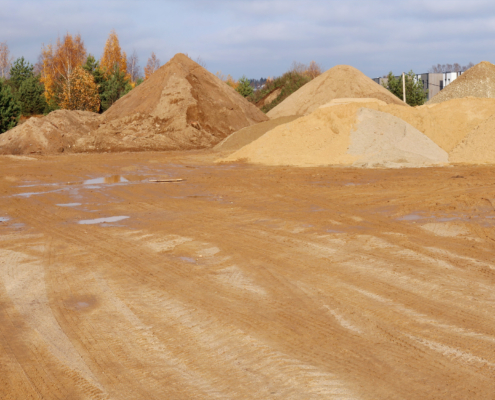 https://pontotocsandandstone.com/wp-content/uploads/2025/06/How-to-Choose-Between-Uncoated-and-Resin-Coated-Frac-Sand-for-Your-Operations.jpg
1250
2000
AbstraktMarketing
/wp-content/uploads/2021/08/Pontotoc-White-Logo.png
AbstraktMarketing2025-06-26 13:10:012025-11-25 16:13:59How to Choose Between Uncoated and Resin-Coated Frac Sand for Your Operations
https://pontotocsandandstone.com/wp-content/uploads/2025/06/How-to-Choose-Between-Uncoated-and-Resin-Coated-Frac-Sand-for-Your-Operations.jpg
1250
2000
AbstraktMarketing
/wp-content/uploads/2021/08/Pontotoc-White-Logo.png
AbstraktMarketing2025-06-26 13:10:012025-11-25 16:13:59How to Choose Between Uncoated and Resin-Coated Frac Sand for Your OperationsThe Complete Frac Sand Supplier Checklist: Your Guide to Evaluating Potential Partners
Anyone who’s ever had to deal with unreliable deliveries or subpar quality knows that choosing the right partner is absolutely critical. The stakes are high: a missed shipment can cause major project delays, and low-quality proppant can sabotage well performance from the start. That’s why so many industry professionals rely on a detailed frac sand supplier checklist to make sure their chosen partner is up to the task.
In this blog, we’ll walk you through everything you need to consider when evaluating potential frac sand partners. From testing frequency and quality certifications to advanced plant automation and safety protocols, you’ll gain a clear framework to avoid pitfalls and secure a supplier who can consistently meet your needs.
Why You Need a Frac Sand Supplier Checklist
The oil and gas world is full of surprises; spotting a seemingly small issue today can save you millions in downtime and remediation tomorrow. Having a formal list of criteria helps keep you objective, ensuring that you’re focusing on the factors that truly matter for consistent, high-performing proppant.
More than that, a checklist is your safety net. It helps you methodically evaluate each supplier on the same baseline, making sure you don’t overlook a crucial detail amid sales pitches or shiny brochures. Now that we understand why this is so important, let’s get into the nitty-gritty of steps to evaluate a frac sand supplier.
Step 1: Verify Sand Quality and Testing Protocols
Before discussing any other considerations, it’s vital to confirm that your supplier offers top-tier, higher-grade frac sand in the first place. After all, even the best logistics won’t save you if the sand itself is out of spec. Let’s take a closer look at what you should be asking.
How Do They Test Their Sand?
Effective testing is the heart of reliable sand quality. Look for suppliers that follow industry standards and test parameters such as sphericity, roundness, acid solubility, turbidity, and crush resistance. Ideally, your supplier should be testing the sand multiple times daily or, even better, every hour. The more frequent the testing, the better your odds of catching any deviation before it becomes a big problem.
Do They Use Automated Systems?
Cutting-edge facilities often rely on automation to maintain consistent product quality. With computerized controls, the supplier can detect issues in real-time, like a shift in grain size distribution or an unexpected moisture spike, and immediately correct them. If something goes seriously wrong, advanced systems will shut down the process rather than risk sending out-of-spec sand.
Are They Prepared to Share Test Results?
Transparency is huge. A supplier confident in product quality will have no issue sharing lab reports or certifications. If they dodge questions or can’t produce reliable test data, that’s a red flag you shouldn’t ignore.
Step 2: Assess Production Capacity and Plant Efficiency
Quality is crucial, but so is getting the right volume of sand at the right time. This step is about evaluating a supplier’s ability to produce and deliver the quantities you need with no excuses or eleventh-hour surprises.
Is Their Plant State of the Art?
A modern, well-equipped plant suggests the supplier is serious about meeting current industry demands. State-of-the-art facilities typically feature automated loadouts, high-speed conveyors, and advanced drying and screening processes. These technologies reduce bottlenecks, speed up operations, and ultimately make your life easier when placing an order.
What About Fast Loadouts?
Picture this: your truck arrives at the facility, and within seven minutes, it’s fully loaded and ready to hit the road. That’s not a fantasy scenario—it’s a reality at best-in-class frac sand plants. Such efficiency cuts down on driver wait times and means you can schedule your crews more reliably. If a supplier boasts fast loadouts and a streamlined loading process, you’re off to a great start.
How Flexible Is Their Production?
Let’s say your fracturing schedule suddenly accelerates, and you need a lot more sand faster than anticipated. Can the supplier scale up quickly? Look for signs of operational resilience, like multiple production lines or the ability to run extra shifts. If they’re already maxed out at standard capacity, they may not handle your surge demands without hiccups.
Step 3: Examine Logistics, Delivery, and Support
Even if the sand is impeccable and the plant is running at full throttle, it won’t help you if deliveries don’t align with your operational timeline. Logistics can be the Achilles’ heel of many suppliers, so don’t skimp on this part of the checklist.
Do They Offer Multiple Delivery Options?
Rail, truck, and barge—each has its own set of pros and cons. Some frac sand suppliers stick to one transport method, which might be fine if it suits your needs. But having more options gives you flexibility, especially when unexpected route closures or weather issues arise. A supplier that can pivot between transport methods is likely a stronger partner.
How Do They Handle Scheduling?
In the oil and gas field, timing is money—sometimes, millions of dollars can hinge on a single day’s delay. Find out how your supplier manages scheduling: Do they have a sophisticated dispatch system? Do you have real-time visibility into shipment status? Efficiency on paper is one thing, but in-the-moment updates can make or break your decision-making process.
Is Customer Service Accessible?
Have a question about a shipment at 2 a.m.? Emergencies don’t follow a 9-to-5 schedule, and neither should your supplier’s customer support. A dedicated team that can address issues quickly, even in off-hours, significantly reduces headaches if something goes awry.
Step 4: Evaluate Safety and Regulatory Compliance
You don’t want your supplier cutting corners on safety, putting both your employees and theirs at risk. Plus, any major safety incident can jeopardize the entire supply chain, leading to delays or forced shutdowns.
What’s Their Approach to Safety?
Check whether they adhere to OSHA (or equivalent) regulations. Look for tangible proof of their safety culture—routine audits, worker training programs, proper signage, and personal protective equipment (PPE) requirements. An automated, state-of-the-art plant reduces manual handling and thus lowers the chance of on-site injuries.
Are They Environmentally Responsible?
Responsible water usage, dust suppression methods, and land reclamation plans are good indicators that your supplier respects environmental considerations. While this might not affect your immediate project, it can influence long-term viability and community acceptance of frac sand mining in the region.
Do They Have a Contingency Plan?
Equipment breaks. Storms hit. Regulatory changes appear overnight. A reliable supplier has contingency measures to handle these curveballs and protocols to shut down out-of-spec products before they leave the facility.
Pontotoc has you covered with state-of-the-art automation, hourly testing, and swift loading times to guarantee top-tier proppant and on-schedule deliveries.
Common Red Flags to Avoid
Having a frac sand supplier checklist also means knowing what warning signs might pop up. Sometimes, it’s not what a supplier tells you that’s alarming, but what they don’t tell you—or can’t prove.
Unclear or Vague Testing Frequency
If a supplier is fuzzy on how often they test their sand, or if they skip certain critical parameters, proceed with caution. High-frequency testing is the only way to consistently catch and correct quality issues.
Lack of References or Case Studies
Reputable suppliers are usually proud of their track record and happy to provide references from past or current customers. If they hem and haw when you ask for case studies, it could mean they don’t have glowing reviews to share.
Overselling With No Data
Fancy brochures and marketing jargon can’t hide the absence of concrete facts. If the supplier can’t provide specifics—like timelines, capacity numbers, or lab results—be wary. Overpromising without evidence is often a prelude to under delivering when you need them most.
Last-Minute Delivery Changes Without Explanation
Everyone understands that unexpected things happen. But if a supplier frequently cites random reasons for changing your delivery schedule or provides excuses that don’t add up, it’s time to question their reliability. Consistency and transparency go hand in hand.
Pontotoc Sand & Stone: Your Go-To Frac Sand Partner
When you break down your frac sand supplier checklist, it isn’t just about ticking off a few boxes. Pontotoc stands out for all the right reasons when it comes to frac sand. Our state-of-the-art plant is fully automated, ensuring both safety and efficiency, and our rigorous hourly testing means you’ll never receive out-of-spec product. Plus, our fast loadouts keep your trucks moving in record time. Our team takes pride in providing Tier-1 frac sand that consistently meets industry standards, so you can focus on getting the job done without worrying about your proppant supply.
Share This Post
More Like This
 https://pontotocsandandstone.com/wp-content/uploads/2025/06/How-to-Choose-Between-Uncoated-and-Resin-Coated-Frac-Sand-for-Your-Operations.jpg
1250
2000
AbstraktMarketing
/wp-content/uploads/2021/08/Pontotoc-White-Logo.png
AbstraktMarketing2025-06-26 13:10:012025-11-25 16:13:59How to Choose Between Uncoated and Resin-Coated Frac Sand for Your Operations
https://pontotocsandandstone.com/wp-content/uploads/2025/06/How-to-Choose-Between-Uncoated-and-Resin-Coated-Frac-Sand-for-Your-Operations.jpg
1250
2000
AbstraktMarketing
/wp-content/uploads/2021/08/Pontotoc-White-Logo.png
AbstraktMarketing2025-06-26 13:10:012025-11-25 16:13:59How to Choose Between Uncoated and Resin-Coated Frac Sand for Your Operations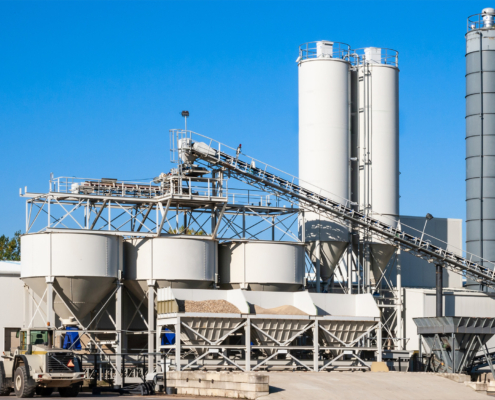 https://pontotocsandandstone.com/wp-content/uploads/2025/06/How-Frac-Sand-Storage-Affects-the-Quality-and-Efficiency-of-Your-Fracing-Operations.jpg
1250
2000
AbstraktMarketing
/wp-content/uploads/2021/08/Pontotoc-White-Logo.png
AbstraktMarketing2025-06-26 12:59:152025-11-25 16:13:59How Frac Sand Storage Affects the Quality and Efficiency of Your Fracing Operations
https://pontotocsandandstone.com/wp-content/uploads/2025/06/How-Frac-Sand-Storage-Affects-the-Quality-and-Efficiency-of-Your-Fracing-Operations.jpg
1250
2000
AbstraktMarketing
/wp-content/uploads/2021/08/Pontotoc-White-Logo.png
AbstraktMarketing2025-06-26 12:59:152025-11-25 16:13:59How Frac Sand Storage Affects the Quality and Efficiency of Your Fracing Operations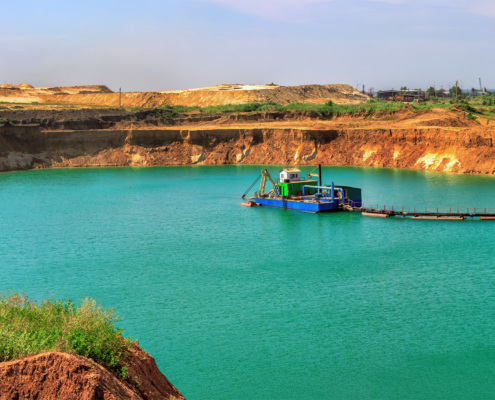 https://pontotocsandandstone.com/wp-content/uploads/2025/05/Reasons-Why-Locally-Sourced-Frac-Sand-Saves-You-Time-and-Money.jpg
1250
2000
AbstraktMarketing
/wp-content/uploads/2021/08/Pontotoc-White-Logo.png
AbstraktMarketing2025-05-29 18:31:122025-11-25 16:14:00Reasons Why Locally-Sourced Frac Sand Saves You Money and Time
https://pontotocsandandstone.com/wp-content/uploads/2025/05/Reasons-Why-Locally-Sourced-Frac-Sand-Saves-You-Time-and-Money.jpg
1250
2000
AbstraktMarketing
/wp-content/uploads/2021/08/Pontotoc-White-Logo.png
AbstraktMarketing2025-05-29 18:31:122025-11-25 16:14:00Reasons Why Locally-Sourced Frac Sand Saves You Money and Time https://pontotocsandandstone.com/wp-content/uploads/2025/05/How-to-Balance-Performance-with-Environmental-Responsibility.jpg
1250
2000
AbstraktMarketing
/wp-content/uploads/2021/08/Pontotoc-White-Logo.png
AbstraktMarketing2025-05-29 18:25:382025-11-25 16:14:00The Role of Frac Sand in Tight Oil Reservoirs: Key Considerations
https://pontotocsandandstone.com/wp-content/uploads/2025/05/How-to-Balance-Performance-with-Environmental-Responsibility.jpg
1250
2000
AbstraktMarketing
/wp-content/uploads/2021/08/Pontotoc-White-Logo.png
AbstraktMarketing2025-05-29 18:25:382025-11-25 16:14:00The Role of Frac Sand in Tight Oil Reservoirs: Key Considerations https://pontotocsandandstone.com/wp-content/uploads/2025/05/The-Role-of-Frac-Sand-in-Tight-Oil-Reservoirs-Key-Considerations.jpg
1250
2000
AbstraktMarketing
/wp-content/uploads/2021/08/Pontotoc-White-Logo.png
AbstraktMarketing2025-05-22 13:20:582025-11-25 16:14:00The Role of Frac Sand in Tight Oil Reservoirs: Key Considerations
https://pontotocsandandstone.com/wp-content/uploads/2025/05/The-Role-of-Frac-Sand-in-Tight-Oil-Reservoirs-Key-Considerations.jpg
1250
2000
AbstraktMarketing
/wp-content/uploads/2021/08/Pontotoc-White-Logo.png
AbstraktMarketing2025-05-22 13:20:582025-11-25 16:14:00The Role of Frac Sand in Tight Oil Reservoirs: Key Considerations https://pontotocsandandstone.com/wp-content/uploads/2025/05/Frac-Sand-101_-Everything-You-Need-to-Know-Before-Buying.jpg
1250
2000
AbstraktMarketing
/wp-content/uploads/2021/08/Pontotoc-White-Logo.png
AbstraktMarketing2025-05-01 19:15:102025-11-25 16:14:01Frac Sand 101: Everything You Need to Know Before Buying
https://pontotocsandandstone.com/wp-content/uploads/2025/05/Frac-Sand-101_-Everything-You-Need-to-Know-Before-Buying.jpg
1250
2000
AbstraktMarketing
/wp-content/uploads/2021/08/Pontotoc-White-Logo.png
AbstraktMarketing2025-05-01 19:15:102025-11-25 16:14:01Frac Sand 101: Everything You Need to Know Before Buying https://pontotocsandandstone.com/wp-content/uploads/2025/04/The-Role-of-Fracing-Efficiency-in-Maintaining-Your-Operations.jpg
1250
2000
AbstraktMarketing
/wp-content/uploads/2021/08/Pontotoc-White-Logo.png
AbstraktMarketing2025-04-03 12:13:132025-11-25 16:14:01The Role of Fracing Efficiency in Maintaining Your Operations
https://pontotocsandandstone.com/wp-content/uploads/2025/04/The-Role-of-Fracing-Efficiency-in-Maintaining-Your-Operations.jpg
1250
2000
AbstraktMarketing
/wp-content/uploads/2021/08/Pontotoc-White-Logo.png
AbstraktMarketing2025-04-03 12:13:132025-11-25 16:14:01The Role of Fracing Efficiency in Maintaining Your Operations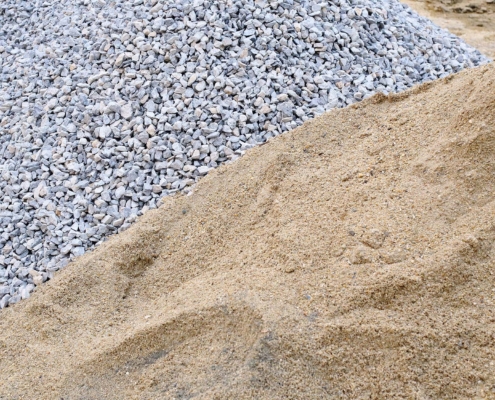 https://pontotocsandandstone.com/wp-content/uploads/2025/02/Side-view-piles-sand-and-gravel-for-construction.jpg
1250
2000
AbstraktMarketing
/wp-content/uploads/2021/08/Pontotoc-White-Logo.png
AbstraktMarketing2025-02-20 19:23:182025-11-25 16:14:01Why Partnering with a Reliable Frac Sand Supplier is Critical for Your Success
https://pontotocsandandstone.com/wp-content/uploads/2025/02/Side-view-piles-sand-and-gravel-for-construction.jpg
1250
2000
AbstraktMarketing
/wp-content/uploads/2021/08/Pontotoc-White-Logo.png
AbstraktMarketing2025-02-20 19:23:182025-11-25 16:14:01Why Partnering with a Reliable Frac Sand Supplier is Critical for Your Success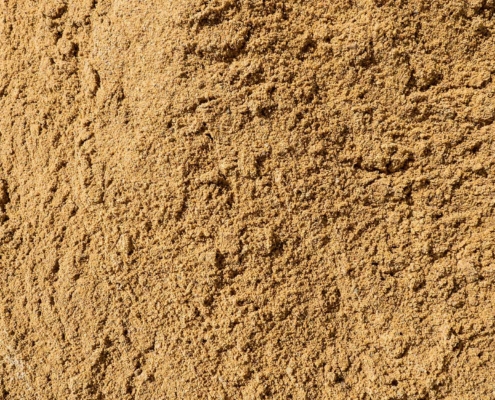 https://pontotocsandandstone.com/wp-content/uploads/2025/02/Texture-of-the-sand.-Background-Industrial-sand-for-construction-works.jpg
1250
2000
AbstraktMarketing
/wp-content/uploads/2021/08/Pontotoc-White-Logo.png
AbstraktMarketing2025-02-20 19:15:522025-11-25 16:14:02Common Mistakes During Frac Sand Purchasing
https://pontotocsandandstone.com/wp-content/uploads/2025/02/Texture-of-the-sand.-Background-Industrial-sand-for-construction-works.jpg
1250
2000
AbstraktMarketing
/wp-content/uploads/2021/08/Pontotoc-White-Logo.png
AbstraktMarketing2025-02-20 19:15:522025-11-25 16:14:02Common Mistakes During Frac Sand Purchasing